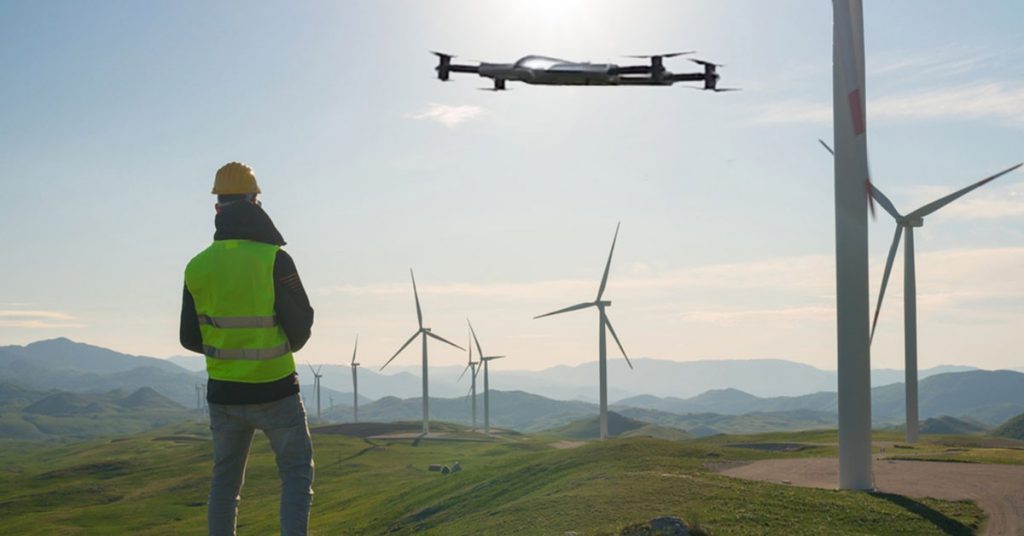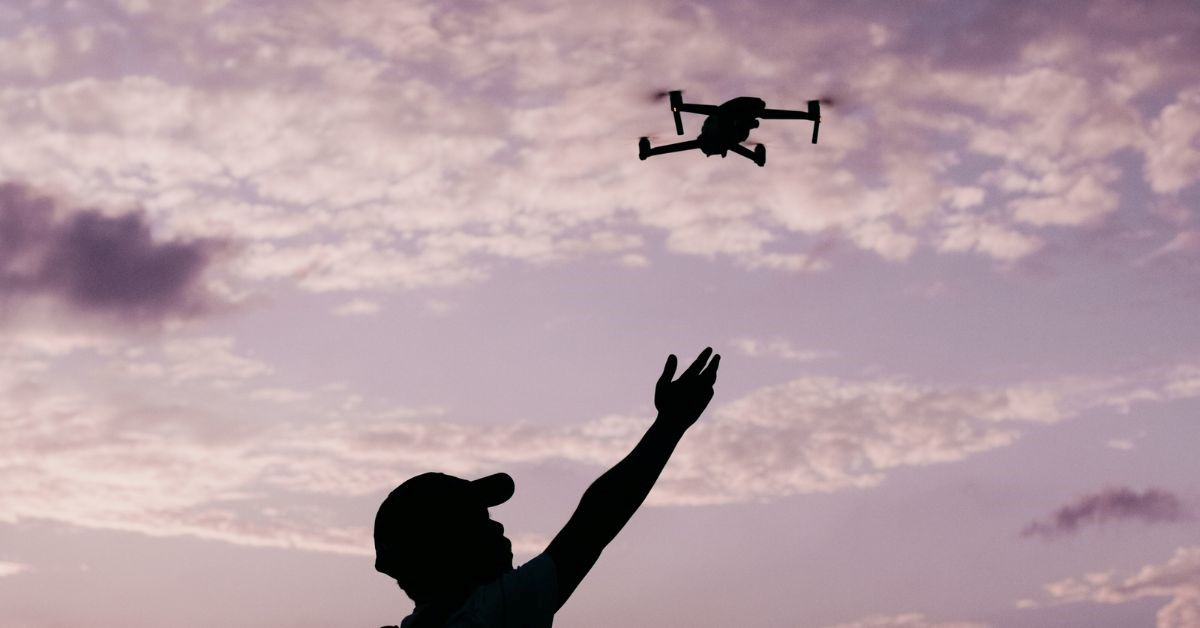Best Uses for Drones in Environmentalism

Drones are small flying machines that can take pictures, record videos, and collect information. People use them for many things, but one of the best uses is to help protect our planet. This is called environmentalism, which cares for nature and animals and provides clean air and water. Let’s look at some of the best ways drones are used to help the Earth.
1. Protecting Wild Animals
Many animals are in danger because people hunt them or destroy their homes. Drones help watch over animals without getting too close.
Saving Elephants and Rhinos
In Africa, drones help protect big animals like elephants and rhinos. Drones fly over parks to watch for poachers (people who hunt animals illegally). The drone sends videos to park rangers, who can stop the poachers in time.
Why this matters:
- Drones keep animals safe.
- They help people find poachers quickly.
- They are cheaper than helicopters.
2. Planting Trees and Watching Forests
Trees are significant. They clean the air and give homes to animals. But many forests are being cut down. Drones help by flying over forests to take pictures and plant new trees.
Planting Trees after Fires
Sometimes, wildfires burn big areas of land. Drones can fly over these places and drop seed balls into the ground. These seed balls grow into trees.
Why this matters:
- Drones plant trees faster than people.
- They can reach places that are hard to walk to.
- They help forests grow back.
3. Helping Ocean Life
Drones are not just for land. They also help scientists study the ocean, reefs, and fish.
Watching Coral Reefs
Coral reefs are underwater homes for fish and sea animals. But they are in danger because of warm water and pollution. Drones fly above the water and take pictures of the coral. This helps scientists know if the coral is healthy or sick.
Why this matters:
- Drones help protect sea life.
- They don’t harm the water or coral.
- They give clear pictures from above.
4. Checking Air Pollution
Bad air can make people sick. Drones can fly through the air and check how clean or dirty it is.
Checking Air around Schools
In cities, some areas have dirty air from cars and factories. Drones can fly around schools to check if the air is safe for kids. This helps leaders make better rules to protect children.
Why this matters:
- Drones find where the air is most dirty.
- They help keep children healthy.
- They give fast results.
5. Watching Glaciers and Ice
Glaciers are large areas of ice in icy places. These glaciers are melting because the Earth is getting warmer. It’s hard for people to go there, but drones can.
Watching Ice in the Arctic
Scientists use drones to fly over ice and check how much is melting. The drones take photos and record how the ice changes over time.
Why this matters:
- Drones keep people safe from dangerous places.
- They help track climate change.
- They fly far and take clear photos.
6. Helping after Floods and Storms
Drones are useful during and after disasters like floods and hurricanes. They can see what is damaged and help find people.
Helping Farmers after Floods
When farms flood, drones fly over the fields to see how bad the damage is. This helps farmers get help quickly and save crops.
Why this matters:
- Drones show where help is needed.
- They are faster than walking or driving.
- They help bring food back faster.
7. Stopping Illegal Dumping
Some people throw trash where they should not. This hurts nature and water. Drones help watch over areas to catch illegal dumping.
Watching Trash near Factories
Drones fly over areas where factories are. They take pictures if someone dumps trash in rivers or fields. This helps the government take action.
Why this matters:
- Drones protect the land and water.
- They help stop illegal pollution.
- They give proof with photos.
8. Helping Organic Farming
Organic farms use fewer chemicals and are better for nature. Drones help farmers by flying over the fields to check the plants.
Helping Small Organic Farms
Drones help farmers see where crops need water or have pests on small farms. This saves time and allows the plants to grow better.
Why this matters:
- Drones help grow healthy food.
- They reduce the waste of water and chemicals.
- They protect the soil.
9. Stopping Wildfires
Fires in forests can be hazardous. Drones can help stop fires before they start.
Watching National Parks for Fire Risk
Drones fly over forests and parks to check for dry grass or smoke. If they see something risky, they alert rangers to take action.
Why this matters:
- Drones help stop big fires.
- They keep people and animals safe.
- They save forests.
10. Teaching and Sharing Nature
Drones are also used to teach people about nature. They take amazing videos from above that help people learn and care more.
Making Eco Videos and Virtual Tours
Scientists and filmmakers use drones to make videos of forests, oceans, and mountains. These videos are used in schools or online to teach others about the environment.
Why this matters:
- Drones show nature in a fun way.
- They help people learn and care.
- They can inspire others to help.
Final Thoughts
Drones are small, but they do big things. They help protect animals, plant trees, and clean the air. Each small task adds up to something extraordinary, a healthier Earth.
Using drones in these special ways helps us fight pollution, climate change, and animal loss. Best of all, they help without hurting nature. If we keep using drones innovatively, we can make the world a better place for everyone, people, animals, and plants.
Contact Us
Thank you for your message. It has been sent.
Latest Posts
Social Profiles















